Filter by
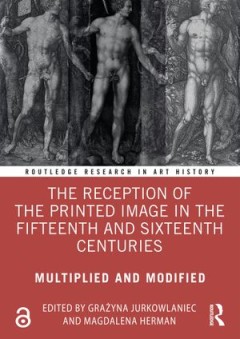
The Reception of the Printed Image in the Fifteenth and Sixteenth Centuries: …
This book examines the early development of the graphic arts from the perspectives of material things, human actors and immaterial representations while broadening the geographic field of inquiry to Central Europe and the British Isles and considering the reception of the prints on other continents.The role of human actors proves particularly prominent, i.e. the circumstances that informed crea…
- Edition
- -
- ISBN/ISSN
- 9781000173024
- Collation
- -
- Series Title
- -
- Call Number
- 741 REC r
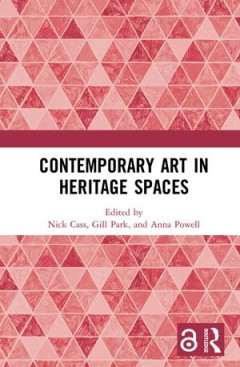
Contemporary Art in Heritage Spaces
Contemporary Art in Heritage Spaces considers the challenges that accompany an assessment of the role of contemporary art in heritage contexts, whilst also examining ways to measure and articulate the impact and value of these intersections in the future. Presenting a variety of perspectives from a broad range of creative and cultural industries, this book examines case studies from the past de…
- Edition
- -
- ISBN/ISSN
- 9780429624827
- Collation
- -
- Series Title
- -
- Call Number
- 701 CON c
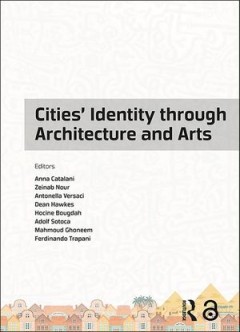
Cities' Identity Through Architecture and Arts: Proceedings of the Internatio…
Every city has its unique and valuable identity, this identity is revealed through its physical and visual form, it is seen through the eyes of its residents and users. The city develops over time, and its identity evolves with it. Reflecting the rapid and constant changes the city is subjected to, Architecture and Arts, is the embodiment of the cultural, historical, and economical characterist…
- Edition
- -
- ISBN/ISSN
- 9781315166551
- Collation
- -
- Series Title
- -
- Call Number
- 720 CIT c
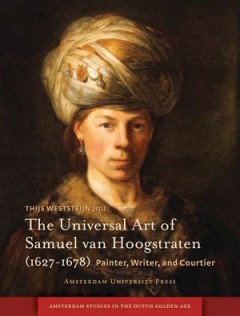
The Universal Art of Samuel van Hoogstraten (1627-1678)
The one connecting factor in the different chapters in this book is obviously Van Hoogstraten himself: there was a single personality – although our knowledge of it may be shifting with each new historiographical focus – that linked art, literature, and scholarship during a foundational era of Dutch cultural history. Even though getting to know the ‘real’ Samuel van Hoogstraten may be b…
- Edition
- -
- ISBN/ISSN
- 9789089645234
- Collation
- -
- Series Title
- -
- Call Number
- 701 WES u
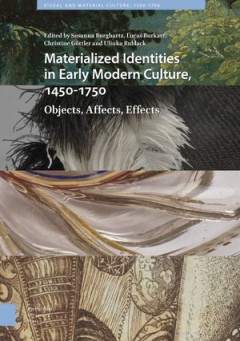
Materialized Identities in Early Modern Culture, 1450–1750: Objects, Affect…
This collection embraces the increasing interest in the material world of the Renaissance and the early modern period, which has both fascinated contemporaries and initiated in recent years a distinguished historiography. The scholarship within is distinctive for engaging with the agentive qualities of matter, showing how affective dimensions in history connect with material history, and explor…
- Edition
- -
- ISBN/ISSN
- 9789048554058
- Collation
- -
- Series Title
- -
- Call Number
- 709.2 MAT m
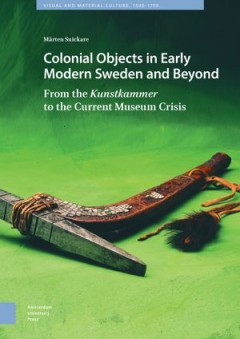
Colonial Objects in Early Modern Sweden and Beyond: From the Kunstkammer to t…
An elaborately crafted and decorated tomahawk from somewhere along the north American east coast: how did it end up in the royal collections in Stockholm in the late seventeenth century? What does it say about the Swedish kingdom’s colonial ambitions and desires? What questions does it raise from its present place in a display cabinet in the Museum of Ethnography in Stockholm? This book is ab…
- Edition
- -
- ISBN/ISSN
- 9789048554942
- Collation
- -
- Series Title
- -
- Call Number
- 808.84 SNI c
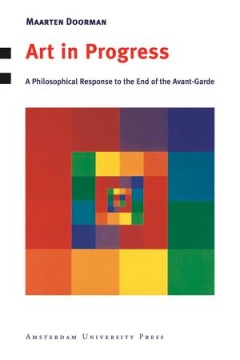
Art in Progress: A Philosophical Response to the End of the Avant-Garde
In this challenging and erudite philosophical essay, the author argues that in art, belief in progress is still relevant, if not essential. The radical freedoms of postmodernism have had a crippling effect on art - more than ever before, art is in danger of becoming meaningless. Art can only acquire meaning through context, and the concept of progress is ideal as the primary criterion for estab…
- Edition
- -
- ISBN/ISSN
- 9789053565858
- Collation
- -
- Series Title
- -
- Call Number
- 709 DOO a
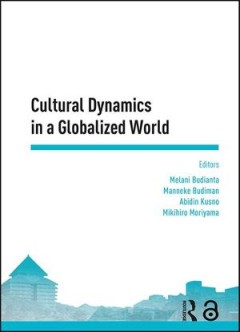
Cultural Dynamics in a Globalized World: Proceedings of the Asia-Pacific Rese…
The book contains essays on current issues in arts and humanities in which peoples and cultures compete as well as collaborate in globalizing the world while maintaining their uniqueness as viewed from cross- and interdisciplinary perspectives. The book covers areas such as literature, cultural studies, archaeology, philosophy, history, language studies, information and literacy studies, and ar…
- Edition
- -
- ISBN/ISSN
- 9781315225340
- Collation
- -
- Series Title
- -
- Call Number
- 808.84 CUL c
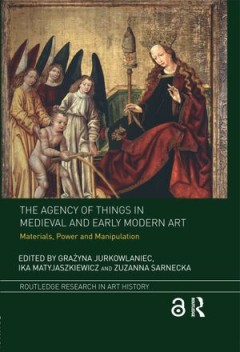
The Agency of Things in Medieval and Early Modern Art: Materials, Power and M…
This volume explores the late medieval and early modern periods from the perspective of objects. While the agency of things has been studied in anthropology and archaeology, it is an innovative approach for art historical investigations. Each contributor takes as a point of departure active things: objects that were collected, exchanged, held in hand, carried on a body, assembled, cared for or …
- Edition
- -
- ISBN/ISSN
- 9781351681490
- Collation
- -
- Series Title
- -
- Call Number
- 709.02 AGE a
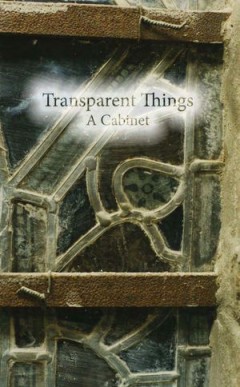
Transparent Things: a Cabinet
For too long, the Earth has been used to ground thought instead of bending it; such grounding leaves the planet as nothing but a stage for phenomenology, deconstruction, or other forms of anthropocentric philosophy. In far too much continental philosophy, the Earth is a cold, dead place enlivened only by human thought—either as a thing to be exploited, or as an object of nostalgia. Geophiloso…
- Edition
- -
- ISBN/ISSN
- 9780615790374
- Collation
- -
- Series Title
- -
- Call Number
- 709.02 OVE t
 Computer Science, Information & General Works
Computer Science, Information & General Works  Philosophy & Psychology
Philosophy & Psychology  Religion
Religion  Social Sciences
Social Sciences  Language
Language  Pure Science
Pure Science  Applied Sciences
Applied Sciences  Art & Recreation
Art & Recreation  Literature
Literature  History & Geography
History & Geography